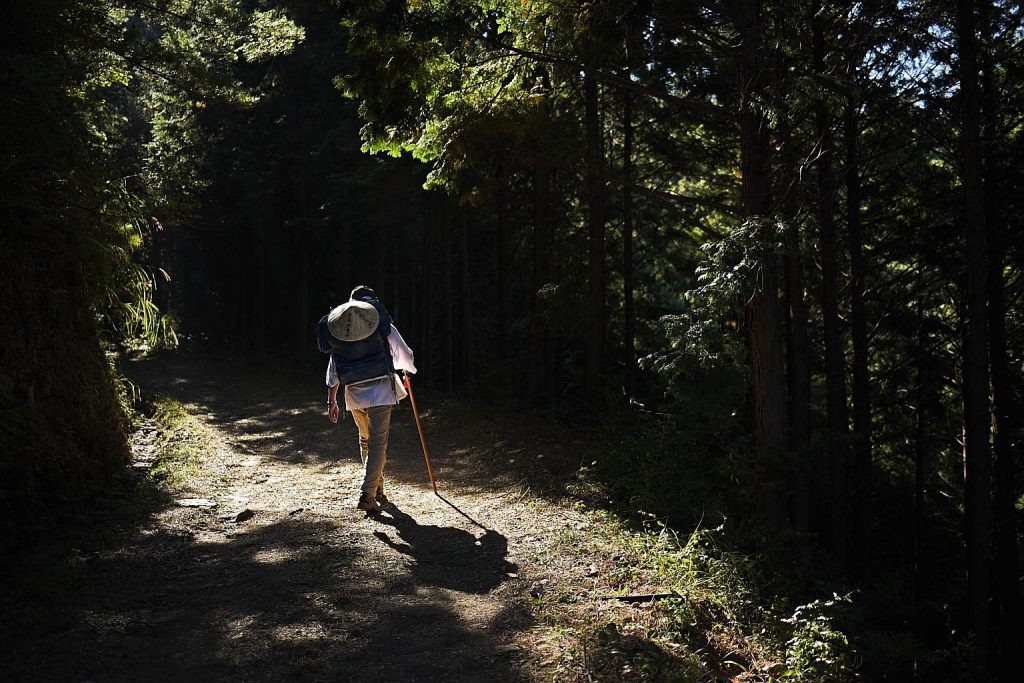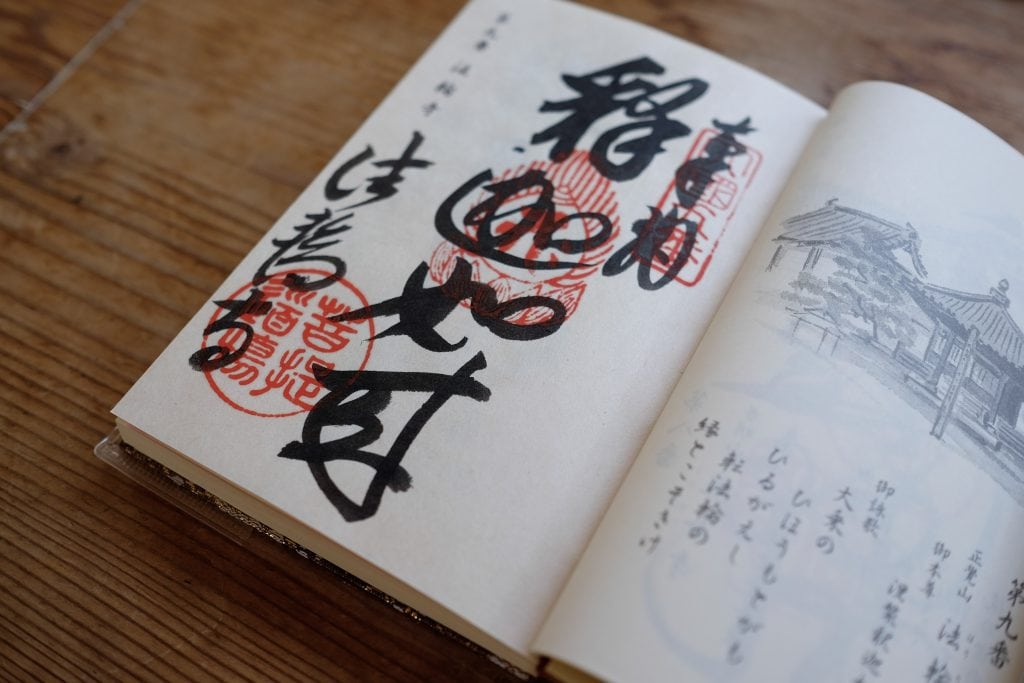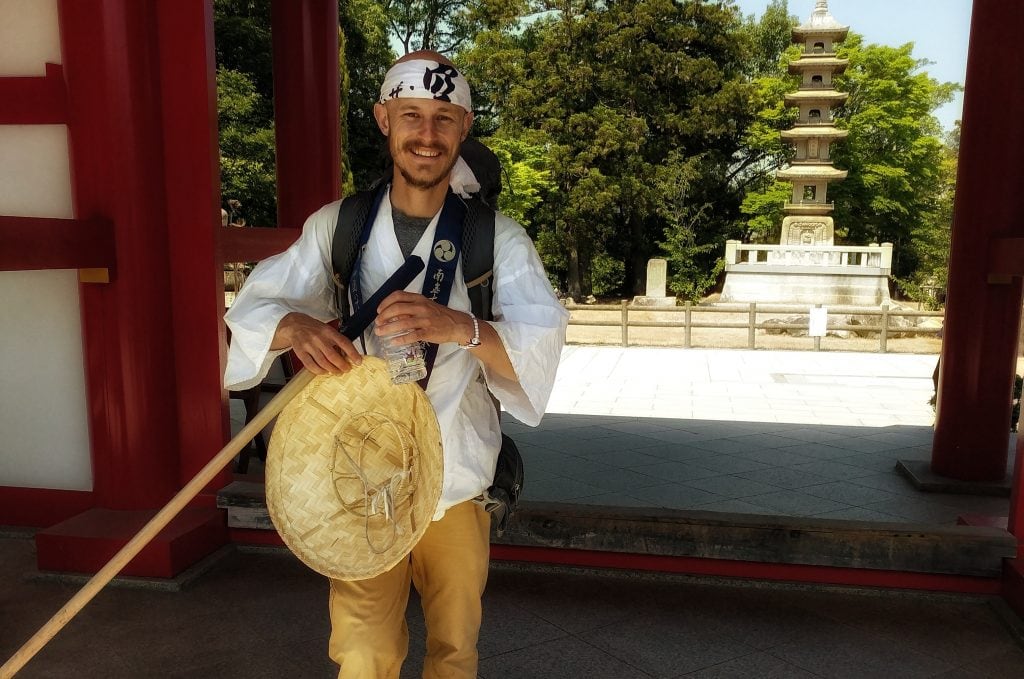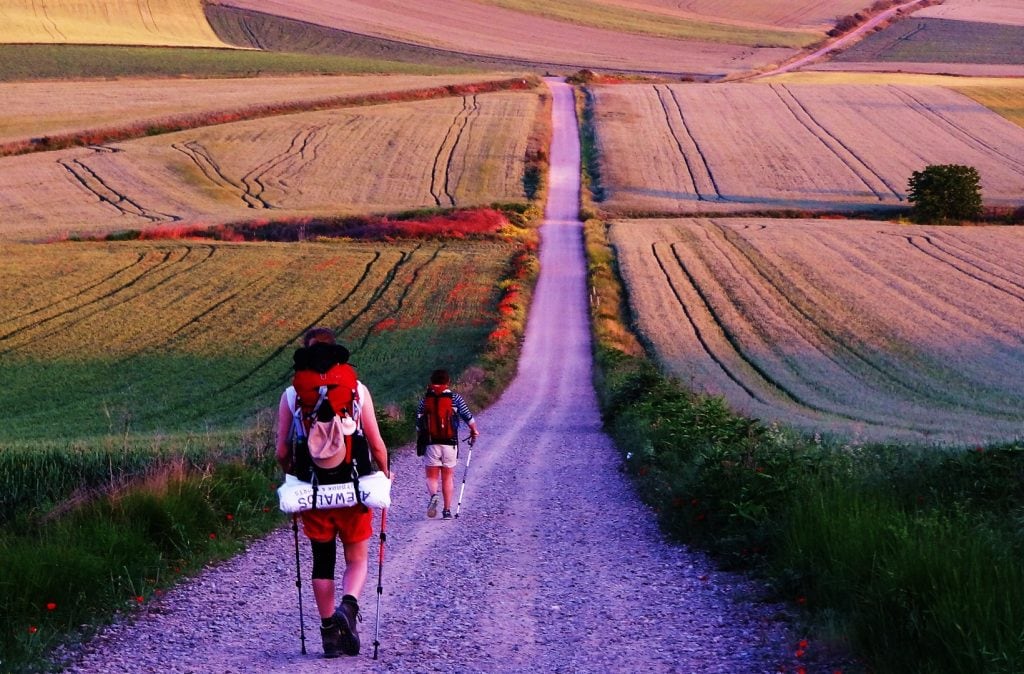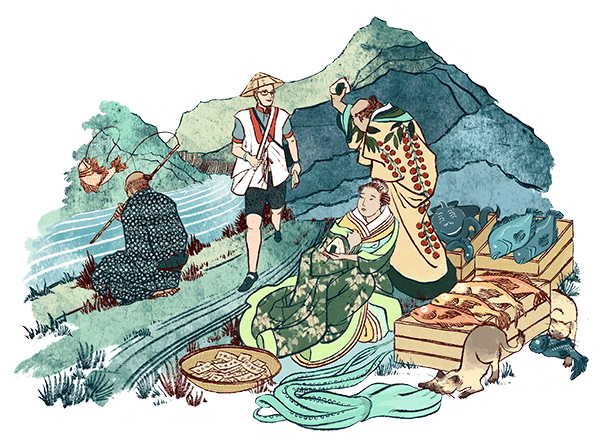I became a Henro in April 2017, on sabbatical from the company I co-founded.
I needed a break to disentangle my identity from what I’d been doing (and feeling quite passionate about) for the past 7 years. I sought to pursue a more rigorous and intentional search for “meaning,” and to explore the spiritual side of myself.
Conveniently, to be a pilgrim is to (quite literally) follow in the footsteps of people searching for meaning. Like any good workout routine, if properly adhered to, even the cynics can’t help but be transformed by the process. You’re learning by osmosis: touching and living the experience of great explorers before you. You’re interacting with people at similar junctures in life, (or more often, people experiencing hardships which downright humble your issues.) You’re mentally, physically, and spiritually vulnerable.
Like many Henro, I had no idea what to expect at first, and throughout most of the pilgrimage, I worried that I was somehow missing the point – that I’d emerge un-transformed. But three lessons emerged in Kagawa prefecture (the final stage) and since my return home: it’s how you spend your days, the obstacle is the way, and the spirit of ossetai.
Read more


